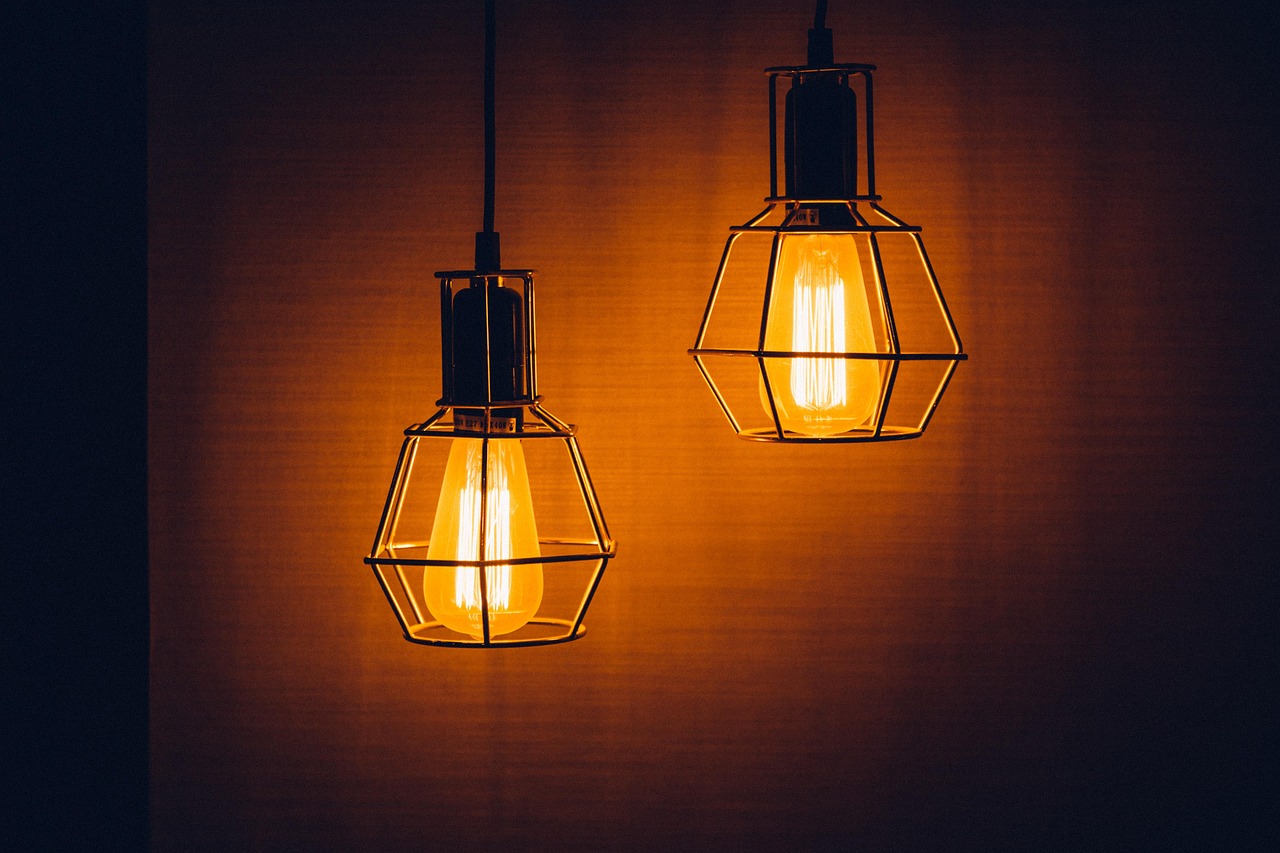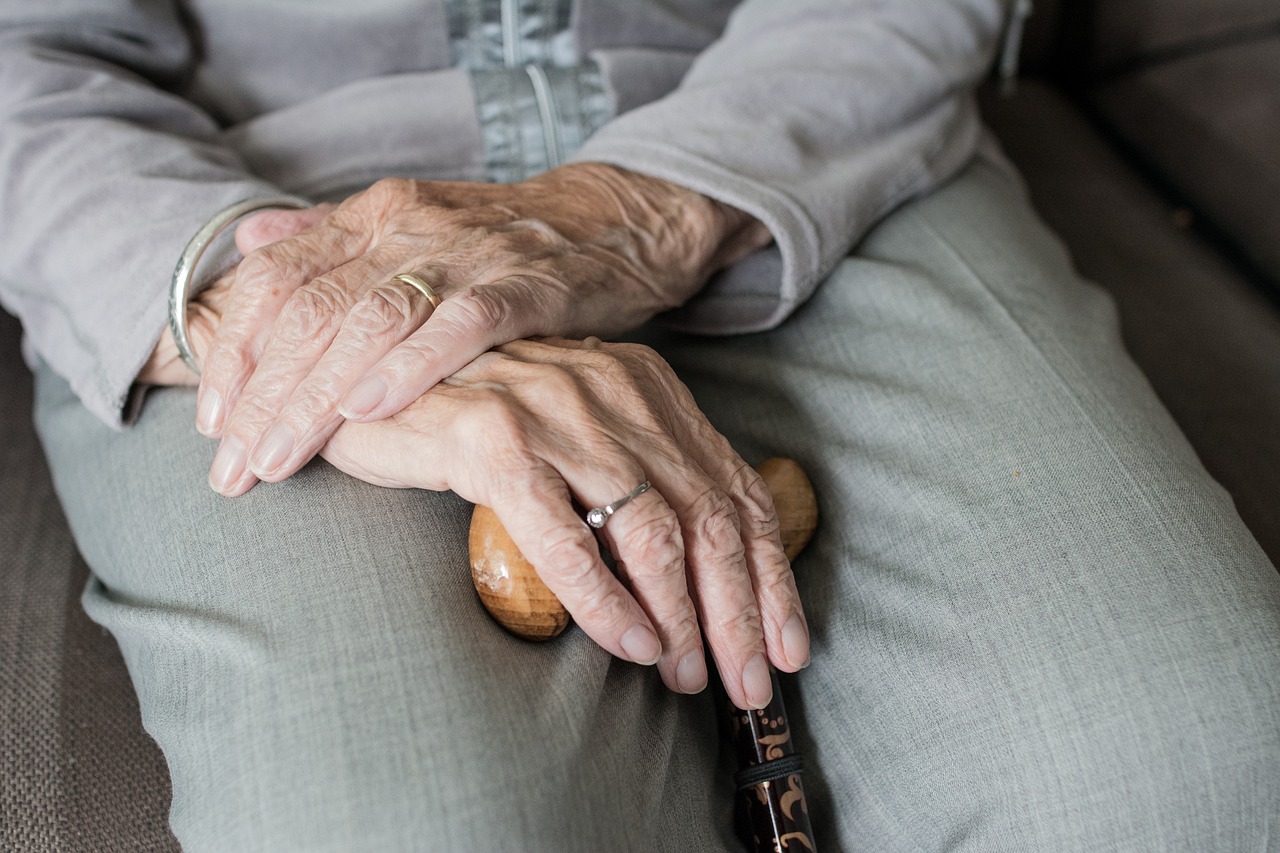"Light as a Care Tool - How to Create a Healthy Light Environment at the Nursing Home"
This article is translated with AI and written based on Swedish conditions. Hopefully, it can inspire interested parties from other countries.
Strategic lighting in nursing homes can improve health, well-being, and safety. By combining daylight, adapted artificial lighting, and safety lighting, we create a better environment for the residents.
 Bild: Pixabay
Bild: PixabayThe importance of light in elderly care homes - for comfort, health, and safety
Light as a care tool
Light is more than just illumination - it is a central part of the living environment that affects:
- Circadian rhythm and sleep quality
- Orientation and security
- Mood and comfort
- Visual conditions and risk of falling
How light affects the health of the elderly
Circadian rhythm and sleep
- Natural light regulates the body's internal clock
- Insufficient daylight can cause sleep disorders
- Blue light during the day increases alertness
Fall prevention
- Good lighting reduces the risk of falling
- Even light distribution without sharp contrasts
- Night lighting that does not disturb sleep
Cognitive function
- Sufficient light during the day improves concentration
- Reduces confusion in dementia
- Facilitates orientation in the environment
Practical solutions for a better lighting environment
Daylight and artificial lighting
Maximize daylight
- Lightweight curtains that let in light
- Place seating areas by windows
- Regular outdoor outings
Adapted artificial lighting
- Warm white light (2700-3000K) in the evening
- Cooler light (4000K+) during the day
- Adjustable brightness as needed
Safety lighting
Fall preventive lighting
- Automatic night lighting in corridors
- Sensor lights at toilets
- Even lighting without shadows
Guiding light
- Floor-level lighting in corridors
- Discreet light points at doors
- High contrast lighting at stairs
3. Special needs in dementia
Orientation through light
- Different light qualities in different rooms
- Sodium lamps for better contrast
- Marked light points at important places
Security lighting
- Dimmed light that does not create shadows
- Familiar light intensity from home
- Light that facilitates time orientation
Implementation in the elderly care home
Property owner's responsibility
- Conduct light surveys regularly
- Invest in adaptable lighting
- Ensure maintenance of existing lighting
The role of care staff
- Observe the light needs of each resident
- Adapt light according to circadian rhythm
- Report lighting deficiencies
Residents and relatives' participation
- Possibility for personal lamps
- Adjust brightness according to preferences
- Participate in the evaluation of the lighting environment
Reflection questions - Lighting
Care staff
- Which residents seem particularly sensitive to lighting conditions?
- How can we better use light in daily care?
Manager, nurse, occupational therapist and physiotherapist
- Which areas have the most significant lighting deficiencies?
- How can we prioritize light improvements?
Residents and relatives
- What type of light is most appreciated?
- Do you feel that the light affects the circadian rhythm?
Erland Olsson
Specialist nurse
Sofrosyne - Better care every day

Aktuellt i media
- 2025-06-02 04:00 13 Hygien
-
2025-05-29 04:00
19 Samhället utanför
"Social relationships at the elderly home - how we support contacts and community upon moving in"
info - 2025-05-26 04:00 16 Sjukdom och död
-
2025-05-23 04:30
08 Förebyggande o lokaler
"Light as a Care Tool - How to Create a Healthy Light Environment at the Nursing Home"
info Bild: Pixabay
Bild: Pixabay - 2025-05-19 04:00 09 Mat och måltid
- 2025-05-16 04:00 13 Hygien


